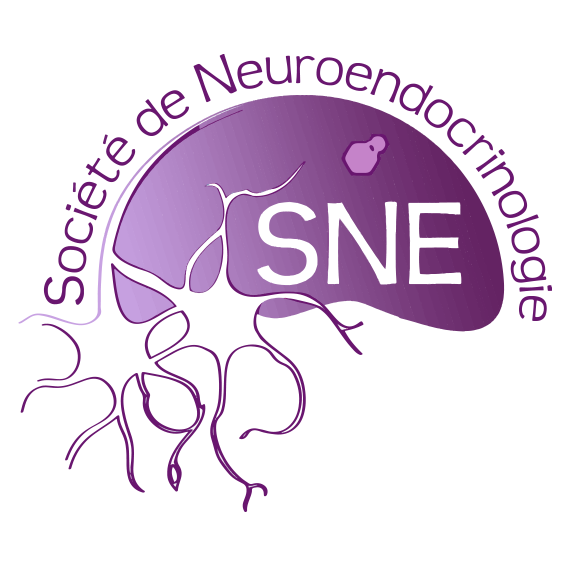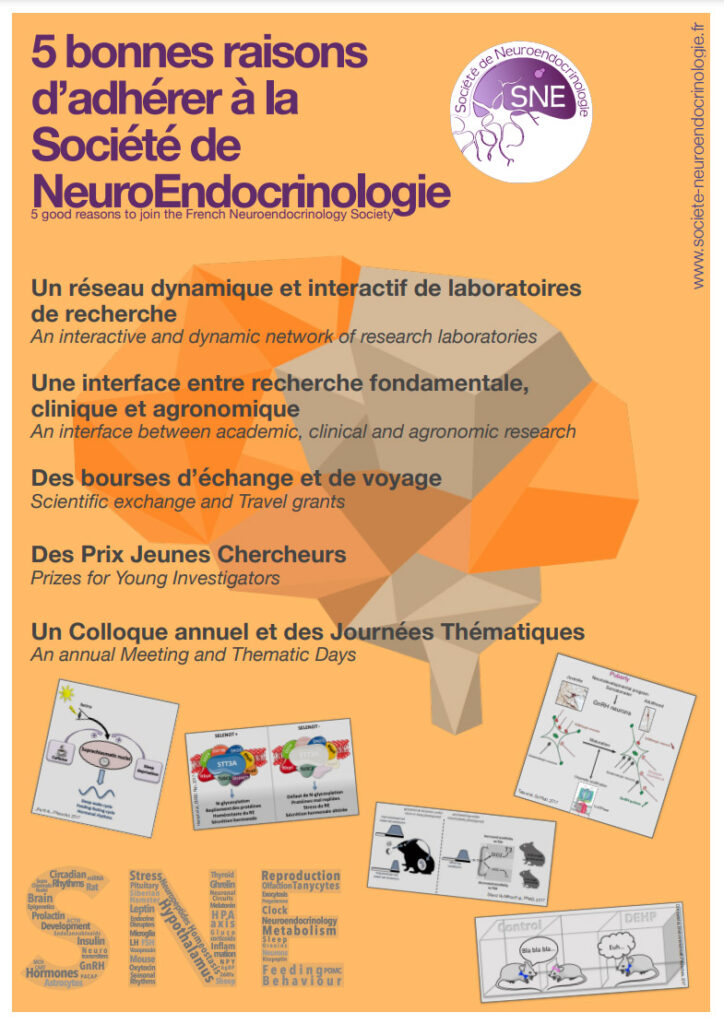Comparative and functional study of the photoreceptive organs ontogeny in Danio rerio and Scophtalmus maximus, two phylogenetically distant teleost fish species
In ectothermic vertebrates, the retina and the pineal gland are the two main photoreceptive organs. Whereas the first one is involved in visual information, the second one acts as a detector of day length and synchronizer of the different functions in the organism through rhythmic secretion of melatonin. Both organs display common and specific features, which suggest the existence of differences in the molecular mechanisms leading to their formation. However, until today, scant progress has been made in understanding the fundamental questions of how their respective functions are established during embryonic development, and whether the genetic actors, critical for their correct morphogenesis, are shared or organ specific.
In an attempt to tackle these questions, we first examined the expression pattern of several photoreceptive organs and cell division markers in the zebrafish (Danio rerio) and the turbot (Scophthalmus maximus), two phylogenetically distant Teleost fish species. We found that the pineal gland differentiates before the retina in both species, suggesting that the former mediates photic responses during embryonic development. Although this feature is conserved between the zebrafish and turbot, differences in the expression pattern of marker genes were found between both species, suggesting that the molecular mechanisms controlling the early pineal functions have been modified during Teleost evolution. Finally, we investigated the role of two alternative Pax6.2 splice variants in the formation of the central nervous system including the pineal gland and the eyes in zebrafish through a knock down strategy.
We show that both isoforms display specific and similar functions suggesting that the general gene networks triggering the patterning of these organs have been highly conserved during vertebrates’ evolution.
Mots clés: Rétine, Epiphyse, Photorécepteurs, Développement, Mélatonine, Arylalkylkamnine N-Acetyltransferase, Pax-6, Otx5
Présentée le 21 novembre 2006 à l’université de Bâle, Suisse.
Laboratoire où a été préparée la thèse:
UMR 7628 (CNRS & UPMC) & GDR 2821 (CNRS, Ifremer, UJM), Laboratoire Aragó – BP 44 – F-66651 Banyuls/Mer, France
et Biozentrum, Univ. Bâle (Suisse), Abteilung für Zellbiologie, Klingelbergstr. 70 – CH-4056 Basel – Suisse
Nom du directeur de thèse: Co-direction Gilles Boeuf – Jack Falcón – Walter Gehring

